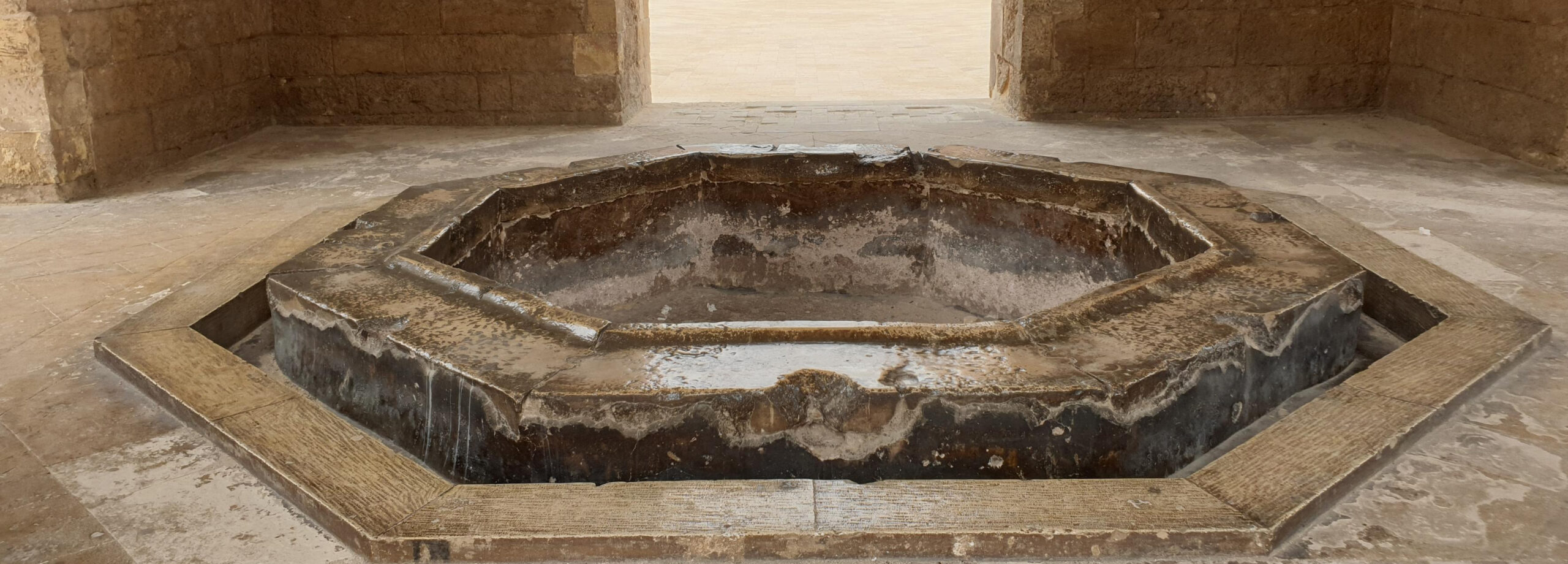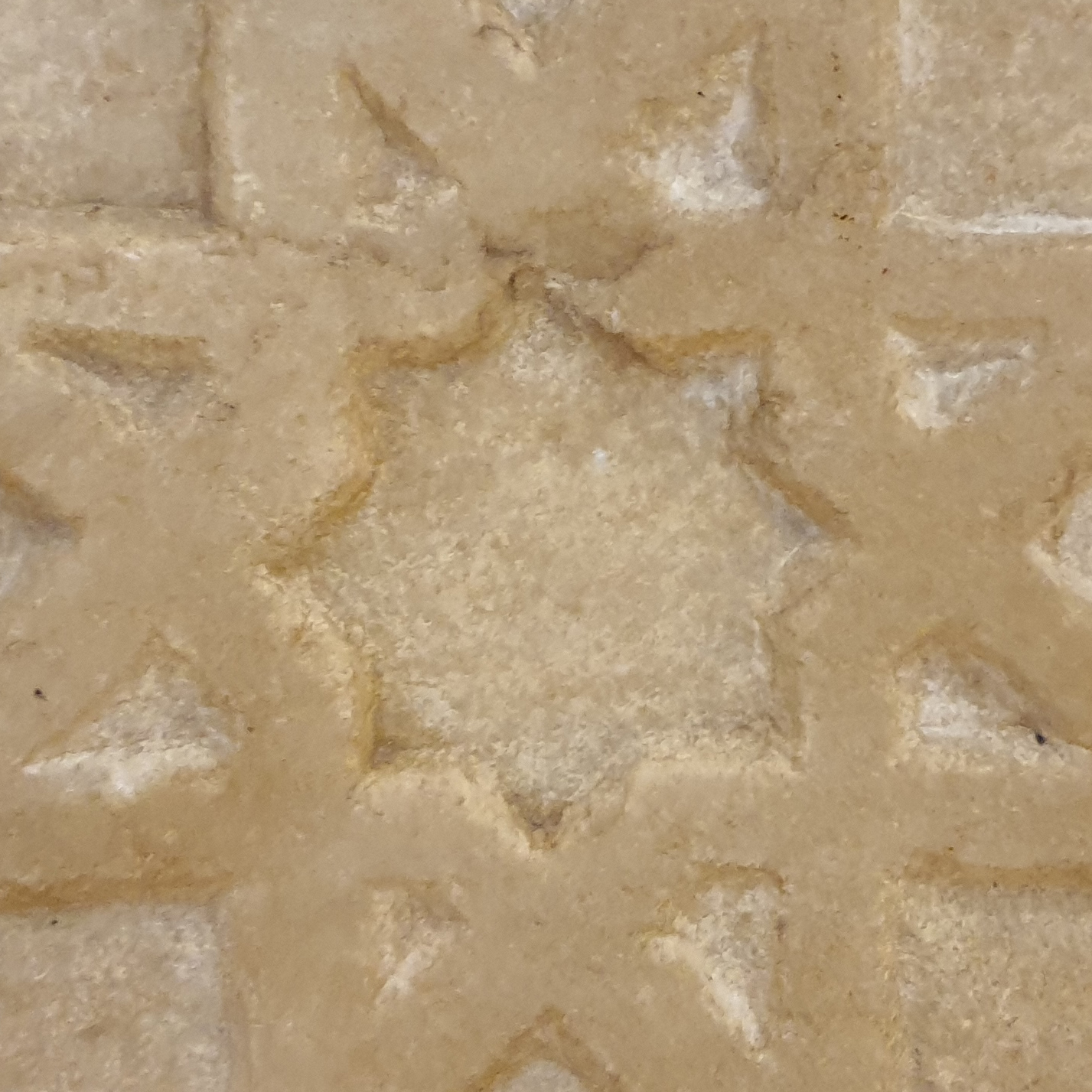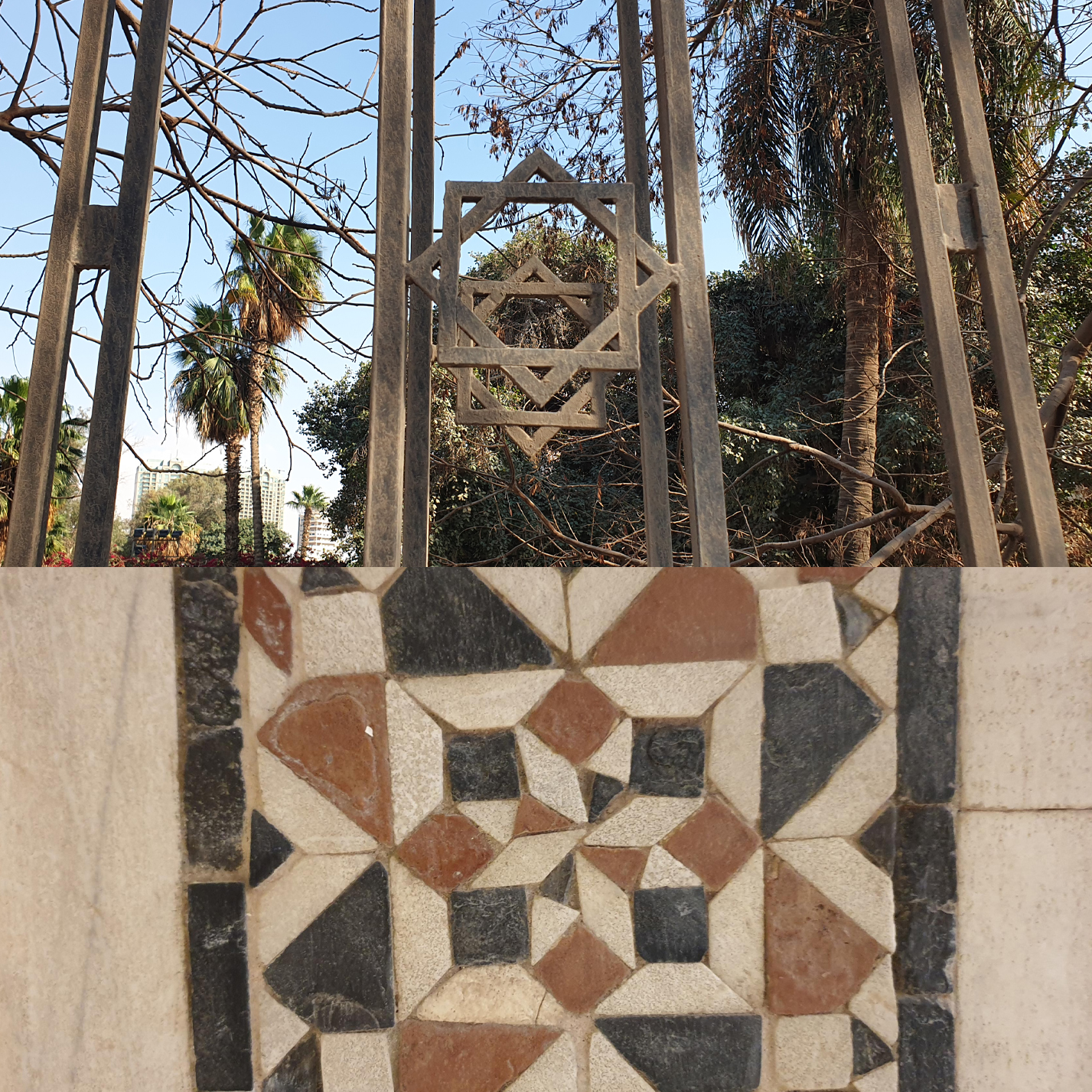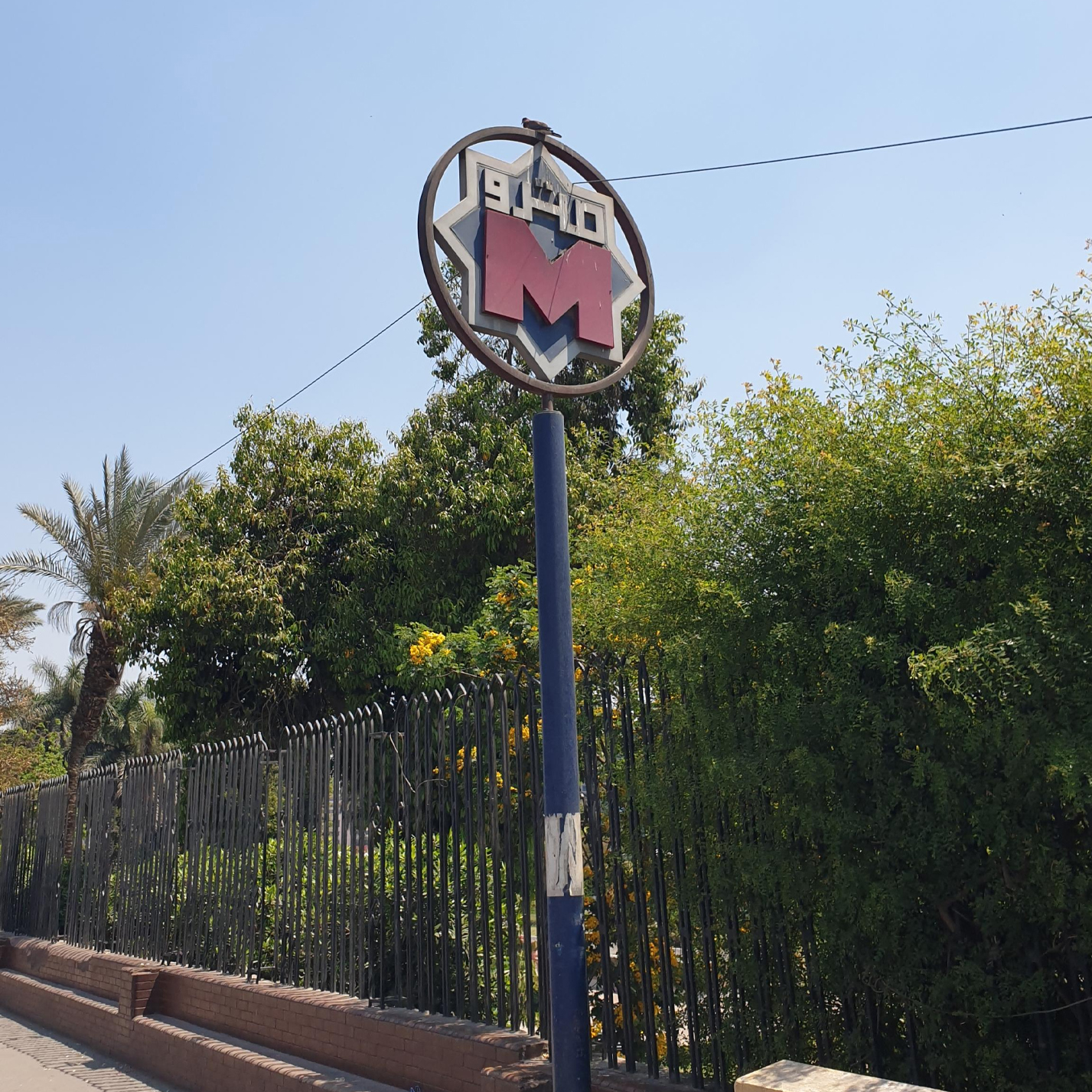Branding
The Maristan Project visual identity is unique in that it brings together different elements in a coherent and symbolic fashion. The 8-pointed star of the icon here is one of the most used geometric forms in Islamic art and architecture.
The beige and red colors come from the mushahar style of the Umayyad that represents the connection here between the ‘East’ (Syria) and the ‘West’ (Andalucia) while also being predominant in the Mameluke architecture of Egypt that occupies a central historical position
between the eras of growth and consolidation of Islam while being a geographical hinge point – a metaphorical revolving door – for transmitting knowledge about medicine to flow back and forth across the continents via the embedding of maristans – those physical edifices that professionalized caring in society.
Download Visual IdentityThe 8-Pointed Star
One of the most common geometric shapes used in Islamic art and architecture, the 8-pointed star consists of 2 squares that, when superimposed at exact angles, form a circle with their points:
When you deconstruct and reconstruct the lines of the squares you start to see the multiple configurations that could derive from the intersecting lines.
This is what gives such familiarity and variety to the manifold stars and designs that can emerge from using geometry as depicted so prolifically in Islamic art and architecture.
As the third holiest site in Islam, the Dome of the Rock in Jerusalem was built in the 7th century AD during the early consolidation of Islam expanding out of Arabia. As Islam grew and expanded across North Africa and Central Asia and into India and Anatolia, the proliferation of buildings ensued bringing with them architectural styles that morphed and melted with local styles. The octagonal shape of the Dome of the Rock served as a prototype that would be replicated ad infinitum through the art and architecture across the lands of Islam.
To name just a handful of references from Eric Broug’s Patterns and Workbook, there are 8-pointed stars in:
- The Monastery of La Mejorada in Valladolid, Spain.
- The Chella Necropolis in Rabat, Morocco.
- The Great Mosque of Cordoba, Spain.
- The Saffarin Madrasa in Fez, Morocco.
- The Sultan Lajin’s Minbar at the Mosque of Ibn Tulun in Cairo, Egypt.
- The Jama Masjid of Herat, Afghanistan.
- The Tomb of Akbar the Great in Agra, India.
- The Mausoleum of I’timad-ud-Daulah in Agra, India.
- The Jahangiri Mahal in Agra, India.
- The Cappella Palatina in Palermo, Sicily.
- The Great Mosque of Cordoba, Spain.
The 8-pointed star of the ablution tub in the center of the Ibn Tulun Mosque in Cairo.
Walking back from the American University of Cairo (AUC) Bookstore with a copy of Broug’s Patterns, you see 8-pointed stars embedded between the metal railings of the fence along El Tahrir Road by the Opera Metro giving onto Al Horreya Garden. They are there for no other reason than decoration:

The next day you will see the 8-pointed star in the 8 petals of the ceiling decoration in the Rifai’ Mosque where you sat and watch the people pray beneath the four massive chandeliers hanging precariously it seemed from long chains each attached to the center of the 8-petalled flower in the corners of the square ceiling. You will see the start in the water basin structure of the women’s quarter of the Qalawun Maristan and in the wooden window frame ventilation in the corridor of the Qalawun Maristan.

The following day you will climb the precarious rail-less stone stairs of the Sultan Hassan Maristan and look up onto the Rifai’ Mosque through a wooden window ventilation made of 8-pointed stars; and you will see the stars repeated as ventilation windows in the Sultan Muayyad Maristan. The 8-pointed star of the ablution tub in the center of the Ibn Tulun Mosque in Cairo will appear to you.
In the Museum of Islamic Art, you will see a series of ceramic tiles made from 8-pointed star molds that were as decorated for a sabil (public water fountain available to all). On display discreetly in windows, walls, and doors, you will see more stucco and wood and mosaics with the same star.



You will see the 8-pointed star stenciled on the glass window of the Novotel Hotel reception; on the glass partition in the entrance of the lounge on the 5th floor of Le Meridien; on the front door of Arabia Hotel on Al-Rawda/Al-Manial Island; on a colorful decoration like a mandala at the entrance of a café; in the designs beneath the arches of the Gateway to India in Mumbai… You get the point.
Like contrails in the sky that also intersect and overlap to form geometric shapes and knots, once you start to see 8-pointed stars you will see them everywhere.